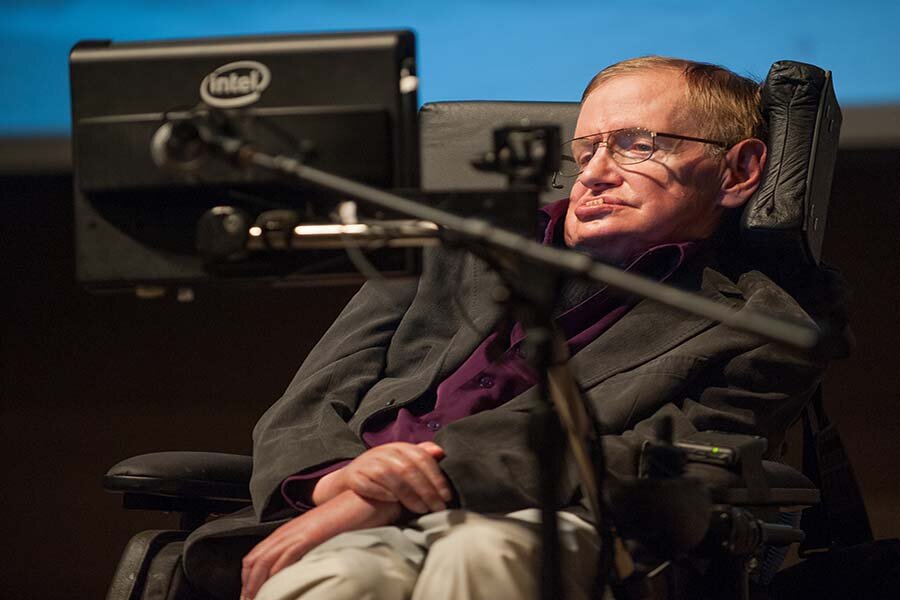Stephen Hawking makes shocking revelation on black holes
Loading...
Stephen Hawking's latest paper on black holes is raising some eyebrows.
In a four-page article titled "Information Preservation and Weather Forecasting for Black Holes," published through arXiv, an archive for electronic preprints of scientific papers, Dr. Hawking contradicts his earlier proposed theory over the existence of "event horizons," the proverbial point of no return surrounding a black hole.
The event horizon is a proposed boundary around a black hole. On the other side of it, the gravitational pull of the black hole is so strong that, in order to escape it, an object would have to be moving faster than the speed of light, a feat that almost all physicists agree is impossible.
But instead of there being event horizons, "there are however apparent horizons which persist for a period of time. This suggests that black holes should be redefined as metastable bound states of the gravitational field," writes Hawking.
These "apparent horizons" for a certain time can retain "information" that could be in the form of matter, before eventually releasing them. In other words, if Hawking is correct, black holes might not be so black after all.
But what would happen if an astronaut fell into a black hole?
Astrophysicists often use the term "spaghettification" to describe our fictional astronaut's plight. The gravitational pull of the black hole increases so rapidly that the differences between the astronaut's head and toe are so great that he gets stretched into a noodle.
Others have proposed the concept of "firewall," in line with quantum theory, which would burn the astronaut to a crisp. This model clashes with Einstein's general theory of relativity, which suggests that it shouldn't matter where the astronaut was falling because the laws of physics should be identical everywhere. According to general relativity, the event horizon is an "unremarkable place."
Hawking had earlier suggested that black holes evaporate and give out "black body radiation" which causes reduction in the mass and energy of the black hole.
And the region beyond the event horizon and the entire black hole in fact, gets sucked into the singularity, which is the center of the black hole, Joe Polchinski, professor of physics at University of Calif. Santa Barbara, told the Monitor. As a result nothing escapes a black hole, he says.
But this new theory suggests that what goes into black hole can actually escape, he adds.
"Hawking's paper is short and does not have a lot of detail, so it is not clear what his precise picture is, or what the justification is," he says. "It seems to go back to his concession on information loss in 2004, paying off a bet with John Preskill."
The Thorne–Hawking–Preskill bet was a public wager between physics theorists Kip Thorne and Stephen Hawking against John Preskill in 1997 about the radiation surrounding black holes. Dr. Thorne and Hawking said that information is forever swallowed in a black hole and Dr.Preskill suggested the opposite. In the end, Hawking conceded.






